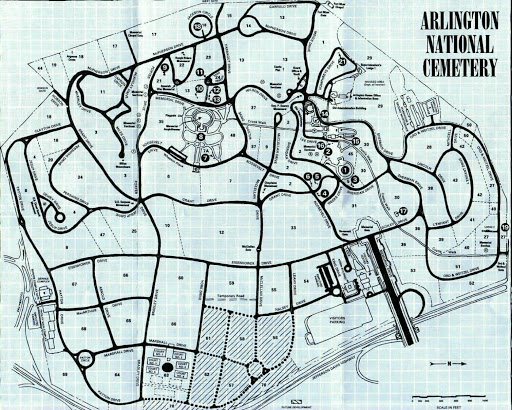Jacqueline Kennedy Onassis
Cemetery Information:
Final Resting Place:
Arlington National Cemetery
1 Memorial Avenue
Arlington, Virginia, 22211
USA
North America
Map:

Grave Location:
Section 45, Grave S-45Grave Location Description
The tomb of Jacqueline Kennedy Onassis is located a 10 minute walk from the Visitor Center and a 15 minute walk from the Arlington Cemetery Metro Station. You will not be able to drive to the gravesite. Walking is how the majority of visitors reach it. However, the site is one of 3 stops on the trams that ply the cemetery. Tickets for the trams can be purchased inside the Visitor Center. Please note you will be walking up a slight incline to reach the site. The site is wheelchair accessible. At the gravesite, absolute silence is expected. Men are also expected to take off hats. Jacqueline’s grave is directly next to her husband’s grave, Former President John F. Kennedy.





